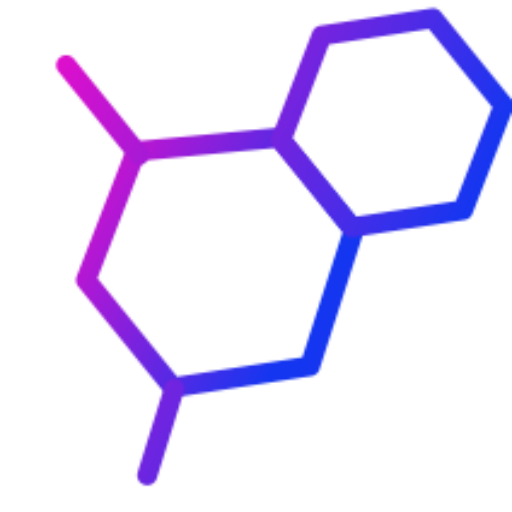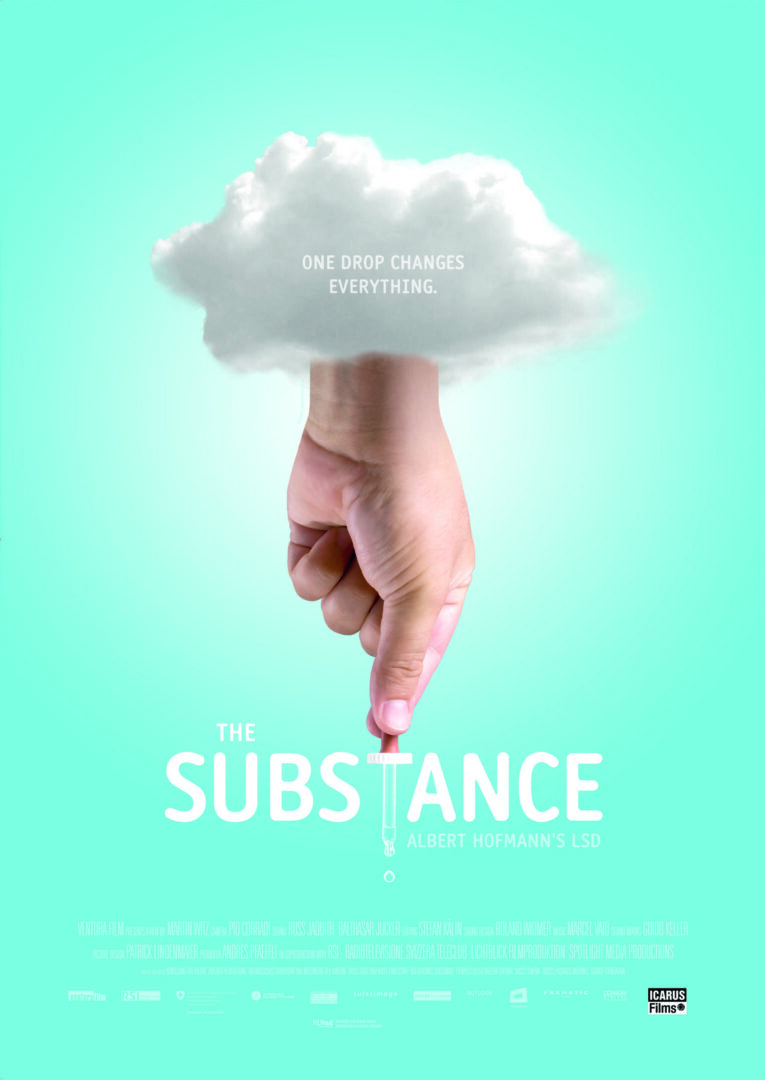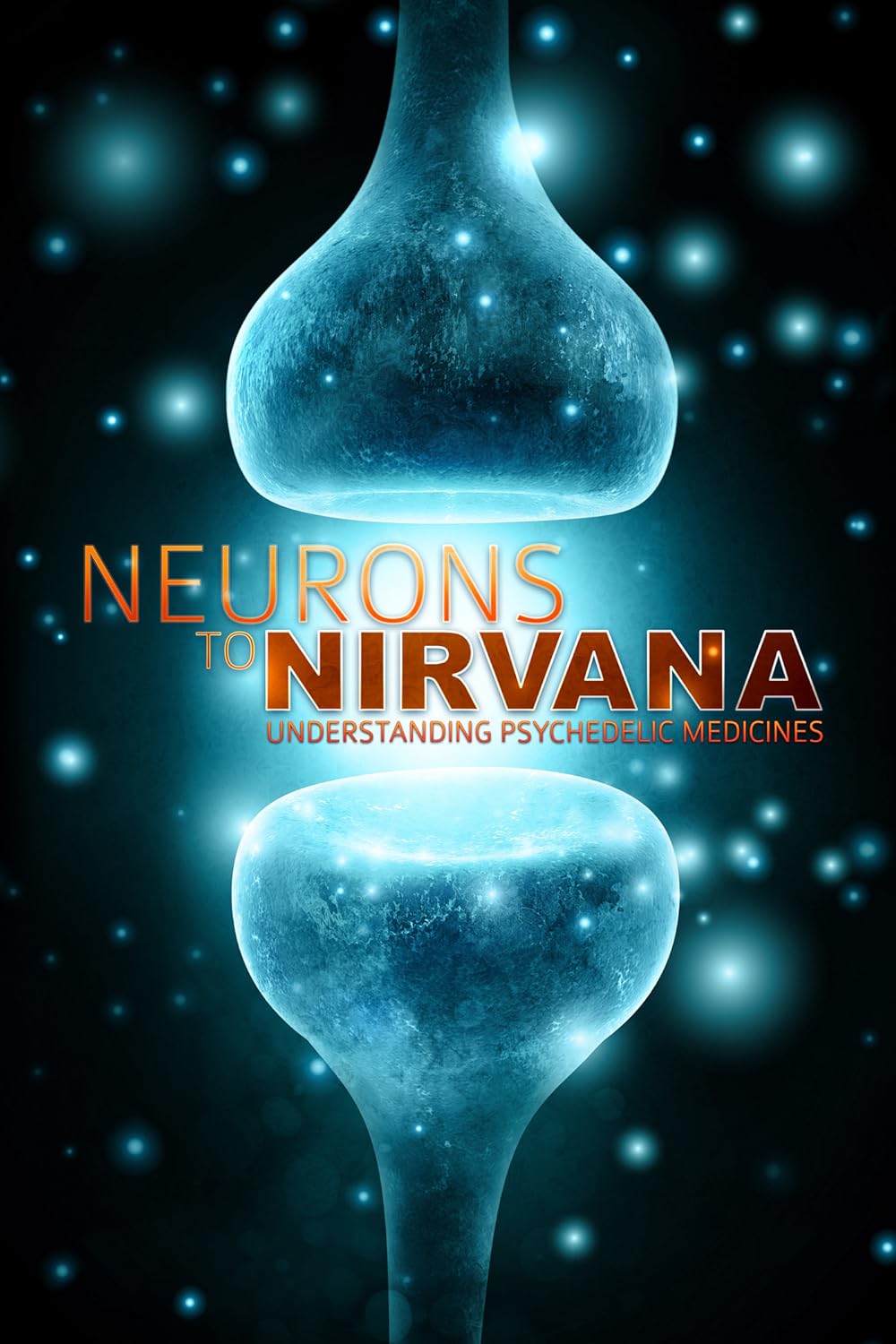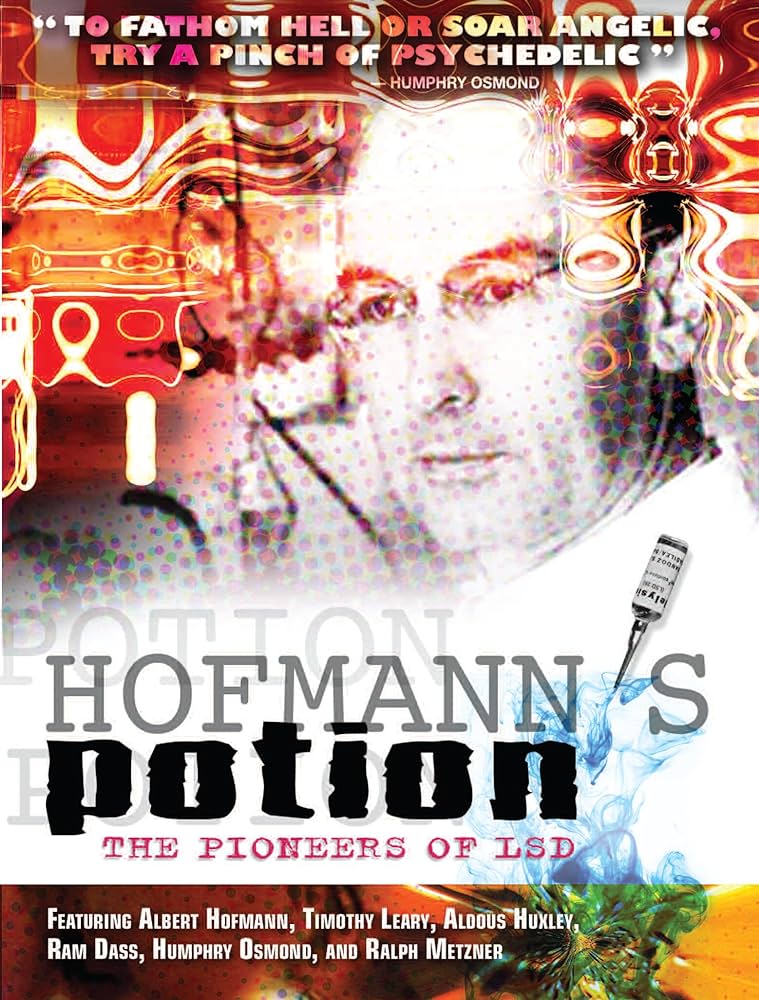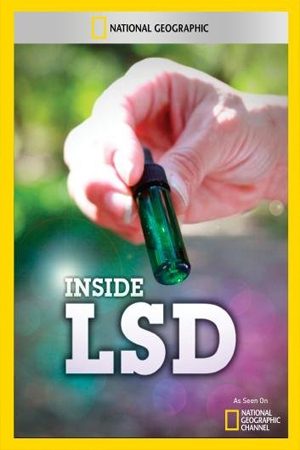DMT, the infamous psychedelic found in ayahuasca and the venom of the Bufo alvarius toad, can be found throughout nature in many different forms.
One of the more obscure sources of this compound is a series of inconspicuous sea sponges.
Back in 2013, a researcher discovered the presence of a DMT analog in a sample of sea sponge he collected. Naturally, he proceeded to synthesize and test it on himself.
The report was then sent to Hamilton Morris at Vice, who first reported on the substance.
Now, nearly a decade later, there’s been virtually no further research on this chemical and only a handful of anecdotal reports on Reddit and Youtube — all reporting underwhelming results.
Here’s everything we know about Sea DMT.
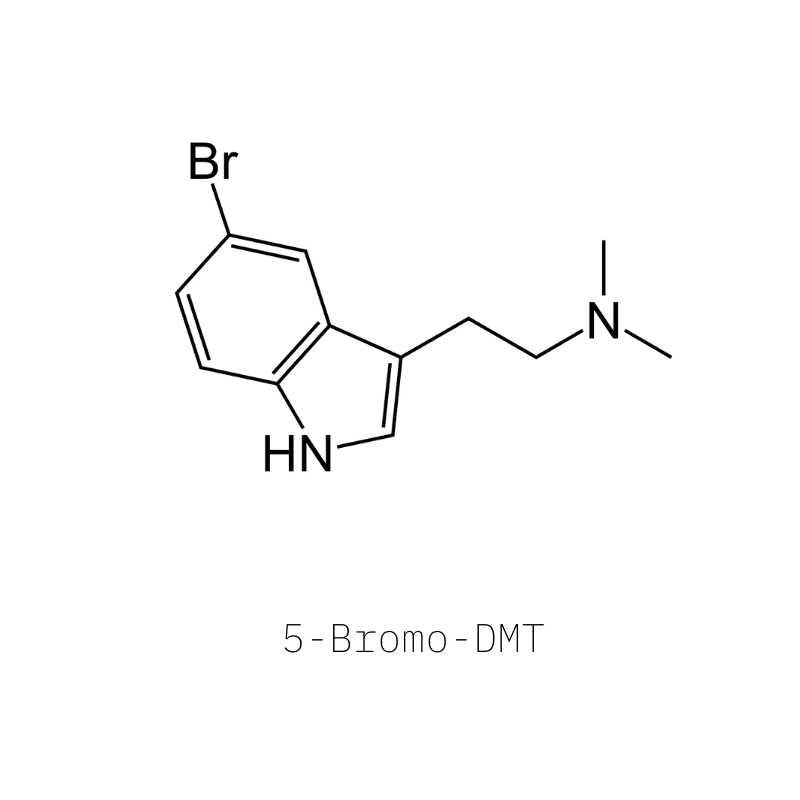
What is 5-Bromo-DMT?
5-Bromo-DMT (AKA SpongeBob DMT) is a naturally occurring, mild form of DMT. It’s known for producing feelings comparable to low-dose LSA (lysergic acid amide) or N,N,DMT. It’s reported as being both mellow and lucid. It makes you feel different but not psychedelic in the same way as LSD (lysergic acid diethylamide) or magic mushrooms.
Most of the trip reports on this substance used doses between 15 and 50 mg smoked, or up to 100 mg oral — so it’s unclear how the effects of this substance change with higher doses.
The only trip report currently available (publically) using 5-Br-DMT comes in the form of a letter sent to Hamilton Morris. In the letter, the author outlines the results of several trip reports using doses ranging from 20 to 45 mg smoked and one 100 mg oral dose.
Overall, the psychedelic effects of this substance are exceptionally mild. The report found psychedelic-like effects at the 45 mg dose, which lasted only 10 minutes before fading out. Along with this effect was a strong sensation of relaxation and calmness, which remained for about an hour and a half after the initial dose.
The user concluded that as a psychedelic, 5-Bromo-DMT likely fails, but its notable relaxing and calming effects may make it useful in the future as an analeptic (general health-promoting substance).
5-Bromo-DMT: Specs & Technical Details
| Active Ingredient | 5-bromo-N,N-dimethyltryptamine |
| Level of Risk | Unknown |
| Other Names | Spongebob DMT, 5-Br-DMT, Sea DMT, SeaMT |
| Most Common Side-Effects | Nausea |
| Duration of Effects | 20–45 minutes |
| Legality | Likely illegal through analog or NPS acts |
Natural Sources of 5-Br-DMT
5-Bromo-DMT and related bromelated DMT compounds have been discovered in three separate species of sea sponges:
- Smenospongia aurea
- Smenospongia echina
- Verongula rigida
It’s unclear why these sponges make DMT or if they even make it themselves at all. Sponges are notorious for absorbing compounds from their environment or other organisms living on or near them.
For example, some sponges have been found to accumulate nematocysts from sea anemones living in the same reefs. Some researchers believe the sea sponge may not actually make its own 5-Br-DMT — rather, they accumulate and concentrate it from other organisms in its environment.
A species of algae called Bryopsis spp. have been found to produce 5-Br-DMT as well as a related analog called 5,6-DiBr-DMT.
Hamilton Morris hypothesized that the sea sponge might secrete 5-Br-DMT as a barnacle deterrent. The sponge requires an ample flow of water through its sponge-like surface. An accumulation of barnacles could eventually suffocate the sponge.
Serotonergic compounds like DMT are thought to possess barnacle-resistant effects by interacting with serotonin receptors. Serotonin itself acts as a barnacle attractant. It’s so reliable for attracting barnacles it’s actually used as a marker to determine the likelihood of barnacle colonization on a given surface [1].
Related: List of plants that contain DMT.
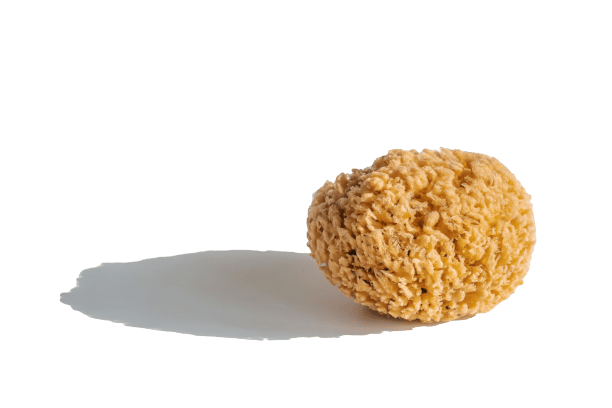
What’s The Dose of 5-Bromo-DMT?
- Threshold (oral) — 20 mg
- Threshold (smoked or vaped) — 15 mg
- Standard Psychoactive Dose (Oral) — Undefined, likely around 100 – 200 mg
- Standard Psychoactive Dose (smoked or vaped) — Undefined, likely around 50 mg
There’s little information available about this psychedelic. The early reports suggest the psychoactivity of this compound is mild at best. It’s very different from other forms of DMT, like 5-MeO-DMT, N,N,DMT, or 4-AcO-DMT — all of which are powerful hallucinogenic compounds.
There are no studies investigating its safety or effects, and therefore, the dose range is based purely on anecdotal experience.
Based on the information currently available, the threshold dose of 5-Bromo-DMT is somewhere around 15 mg (smoked), and the psychoactive dose is around 40 mg (smoked).
Orally, the psychedelic dose is 100 mg or higher.
What Does 5-Bromo-DMT Feel Like?
The effects of 5-Br-DMT are mild. At psychoactive doses (40 mg or higher), it adds a little bit of “sparkle” to conscious awareness and sensory perception.
Users report feeling visuals similar to very low dose DMT, with some mile geometric pattern formation, more vivid colors, and closed-eye visuals.
The most pronounced effect of this compound is its relaxing action. All the trip reports currently available suggest this compound is a powerful relaxant. People feel calm, relaxed, and at peace with their current state.
Only one trip report suggested something different. The report stated that the early effects put them in a “bad mood” but went away by the 10-minute mark — after which they felt calm and centered.
The effects of 5-Bromo-DMT don’t last long. Within about 10–20 minutes, most of the visual component is gone. The relaxing qualities may stick around for a while longer — up to about 1 hour after the initial dose.
How to Take 5-Bromo-DMT
5-Bromo-DMT can be smoked, vaped, or taken orally. It comes as a brownish-yellowish powder, which can be rolled into a joint, smoked in a bong or dab rig, or used in a DMT vaporizer pen.
Some users fill capsules with the powder (around 100 mg) and take it that way — but the effects are especially mild in this form.
Related: How to smoke DMT.
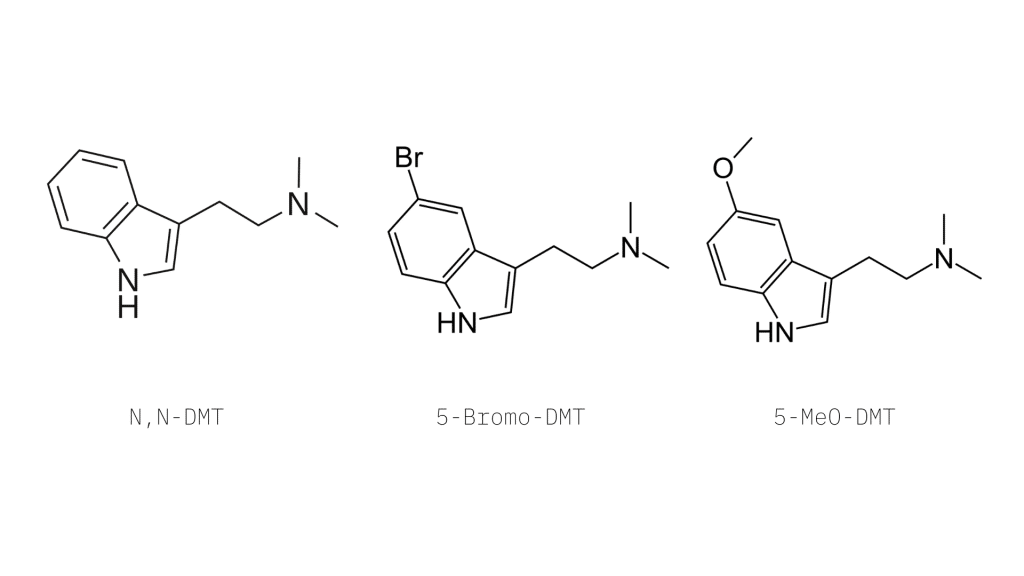
How Strong is 5-Bromo-DMT Compared To Other Psychedelics?
5-Bromo-DMT is one of the weakest psychedelics available — at least at the doses listed above. It’s possible the true psychedelic power of this substance isn’t experienced until much higher doses.
For example, mescaline, a well-known psychedelic compound from the peyote and San Pedro cactus, is active at a dose of around 100 mg or higher. The standard psychoactive dose is closer to 200 mg and stretches up to 400 mg (oral). It’s quite possible the 100 mg trip report suggesting only very mild psychoactive effects may have only reached the oral threshold for this substance. It could be that the true psychedelic effects don’t appear until closer to the 200, 300, or 400 mg mark.
The experience induced by 5-Bromo-DMT can be described as lucid, not unlike the effects of low-doses of LSA (morning glory seed) or Amanita muscaria.
For the sake of comparison, here’s a list of the threshold and standard psychoactive doses of other psychedelics:
| Substance | Threshold Dose | Standard Psychoactive Dose |
| 5-Bromo-DMT (Smoked/Vaped) | 15 mg | 50 mg |
| 5-Bromo-DMT (Oral) | 20 mg (Speculated) | 100 mg |
| 5-MeO-DMT (Smoked/Vaped) | 5 mg | 40–50 mg |
| 4-AcO-DMT (Oral) | 5 mg | 20–30 mg |
| LSA (Oral) | 0.31 mg | 0.83 mg |
| Mescaline (Oral) | 50 mg | 200 mg |
| 2C-B (Oral) | 5 mg | 30 mg |
Is 5-Bromo-DMT Safe?
Nobody knows how safe or unsafe 5-Br-DMT may be. There have never been any official studies on it, and there aren’t enough trip reports to know what side effects may present from using this stuff in higher doses.
With that said, most psychedelic DMT analogs available today have an impressive safety rating. Even very high doses of DMT derivatives appear to have little to no physical side effects.
While it’s unlikely 5-Br-DMT poses any significant health risk, we simply don’t have enough information to suggest it’s entirely safe.
How to Test 5-Bromo-DMT For Adulterants
You should always test your substances with a drug testing kit. The most relevant reagent for this substance is the Ehrlich reagent — which is going to turn either a dark purple or dark pink color after a few minutes.
This test doesn’t prove that what you have is 5-Br-DMT, but it does prove the substance is some sort of an indole alkaloid. The most dangerous compounds to look out for are outside the indole alkaloid class. The main compounds of concern are opiates (detected using the Mecke test) and NBOMe compounds, which can be detected using the Ehrlich reagent (color doesn’t change) or the Marquis reagent.
You only need a small sample of a substance to be able to test it with these reagents — about the size of a grain of sand.
Place the substance on a white ceramic surface, and drop one drop of the test reagent. Give the sample a few minutes without mixing it up to see if the color changes. Consult the reference card that came with your testing kit to determine the results.
It’s wise to run at least two tests for every substance. Do the Ehrlich test, and then either the Meck, Marquis, or Mendelin test when assessing 5-Br-DMT.
Is 5-Bromo-DMT Legal?
Most people in the psychedelics community haven’t heard of this substance. Government agencies are several years behind this group. To no surprise, 5-Br-DMT isn’t mentioned anywhere on the federal list of prohibited substances in the UK, US, Canada, Australia, or any other country.
However, most countries have analog acts that ban any compounds that resemble existing prohibited substances. This makes 5-Br-DMT most likely illegal in both the US and the UK.
However, in Canada or Mexico, these laws don’t exist, so it’s more likely 5-Br-DMT is legal or at least held within a legal grey area in these countries.
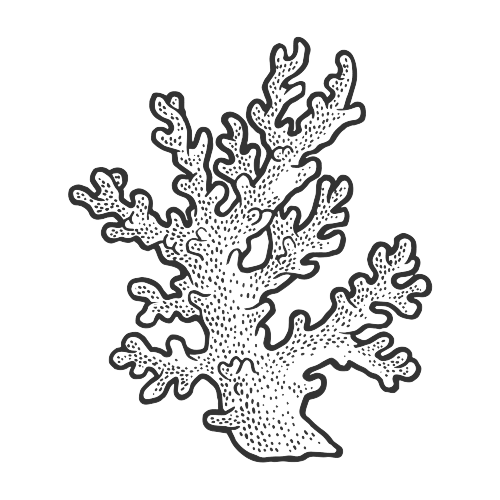
What’s The Future of 5-Bromo-DMT?
As psychedelics continue to grow in popularity, more obscure compounds like 5-Bromo-DMT are likely to experience a rise in interest over the next few years as well.
More research (both formal and amateur) is necessary to understand this substance in more detail. We still don’t fully understand the extent of the psychedelic effects of this substance in doses higher than 50 mg smoked or 100 mg ingested orally.
If this substance is found to offer more reliable psychedelic effects while maintaining its chilled-out nature, this could easily become one of the more popular psychedelics. It’s common for psychedelics to induce feelings of anxiety or fear, which can make the experience much less enjoyable. A psychedelic with a powerful relaxing background could be the perfect solution to more casual or beginner psychonauts looking for a milder but still psychedelic experience.
